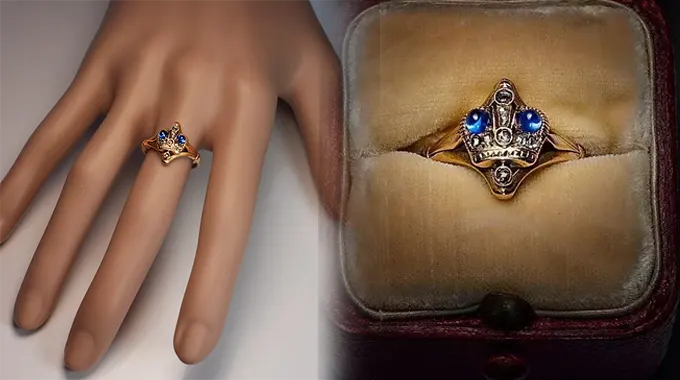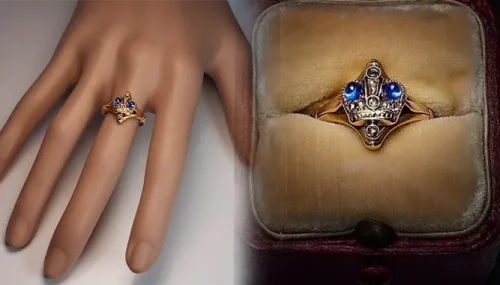Engagement rings have long been symbols of love and commitment, and nowhere is this more evident than in the history of Russian royalty. Over the past century, the evolution of Russian royal engagement rings reflects not only changing tastes and styles but also the political and cultural transformations within Russia itself. From the opulent designs of the Romanov dynasty to the more subdued elegance of contemporary styles, these rings serve as a fascinating lens through which we can examine the rich history of Russian nobility.
The Romanov dynasty, which reigned from 1613 until the abdication of Tsar Nicholas II in 1917, set the standard for royal engagement rings. During this period, diamonds were the most sought-after gems, often paired with intricate settings made from gold or platinum. The engagement ring of Empress Maria Feodorovna, wife of Tsar Alexander III, exemplifies this opulence. Her ring featured a large diamond surrounded by a halo of smaller diamonds, showcasing the skill of Russian jewelers and the imperial wealth that funded such creations.
As the 20th century dawned, the Russian Empire experienced significant changes. The turn of the century saw a fascination with Art Nouveau, which influenced not just architecture and painting but also jewelry design. The engagement ring of Grand Duchess Maria Pavlovna, for instance, displayed the flowing lines and organic motifs characteristic of the Art Nouveau style. Crafted from platinum and adorned with colorful gemstones, her ring marked a departure from the rigid, traditional designs of the past. This shift reflected a broader movement within the aristocracy towards individual expression and modernity.
The fall of the Romanov dynasty in 1917 dramatically altered the landscape of Russian royal engagement rings. With the rise of the Soviet regime, the opulent symbols of monarchy were largely abandoned. Jewelry became more austere, mirroring the austere lifestyle promoted by the Bolsheviks. During this period, engagement rings were often simpler, featuring modest designs and less expensive materials. The emphasis shifted away from wealth and luxury towards practicality and functionality.
However, the desire for beautiful jewelry never completely faded. In the 1960s, as the Soviet Union began to loosen its grip on individual expression, jewelry design experienced a revival. Engagement rings began to incorporate elements of traditional Russian craftsmanship, such as filigree and enamel work. The rings of this era often featured not only diamonds but also colored gemstones like sapphires and emeralds, symbolizing a return to the romanticism of earlier times.
With the dissolution of the Soviet Union in 1991, Russia experienced a cultural renaissance that included a renewed interest in luxury goods. Contemporary Russian engagement rings often blend traditional motifs with modern aesthetics. Designers now explore innovative materials and techniques while paying homage to the rich history of Russian jewelry. The use of ethical stones and sustainable practices is also becoming more prominent, reflecting a global trend towards conscious consumerism.
Today, Russian royal engagement rings serve as more than mere adornments; they are artifacts of history that encapsulate the tumultuous journey of the Russian monarchy and its enduring legacy. Each ring tells a story—of love, power, and transformation—making them not only symbols of commitment but also powerful reminders of a century of change. As we trace the evolution of these exquisite pieces, we gain insight into the cultural shifts and artistic movements that have shaped Russian society, all while celebrating the timeless allure of engagement rings.
In conclusion, the story of Russian royal engagement rings is one of both sparkle and substance. From the grandeur of the Romanovs to the modern interpretations of today, these rings reflect a century of history, artistry, and the ever-changing nature of love and commitment. As we look forward, we can only imagine how these symbols will continue to evolve, capturing the hearts of future generations.















